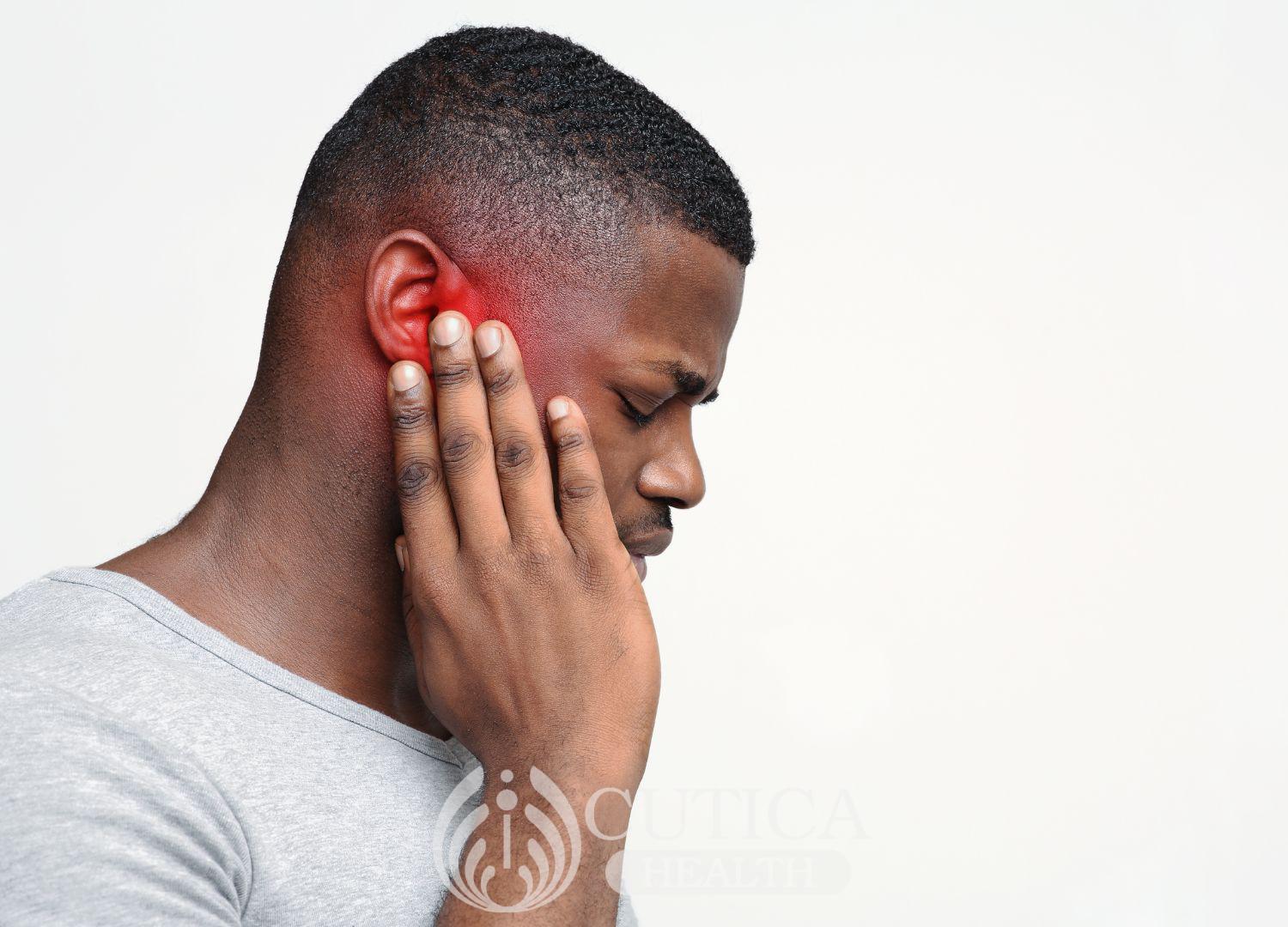
Ciara hadn’t quite been herself for the past three months. She had been feeling pressure around her eyes, cheeks, and forehead and her head throbbed frequently.
She felt mucus dripping down her throat a few times and had a thick yellow nasal discharge with a stuffy nose. She also felt tired, coughed a lot, and couldn’t taste/smell like before.
Most of these symptoms bothered her at night and she had trouble sleeping.
“It’s high time I went to the hospital,” she thought one day.
After few consultations and tests, it was determined that she had chronic sinusitis.
What is chronic sinusitis?
Sinusitis is inflammation of the tissue lining the sinuses, which are air-filled spaces within the skull.
In humans, there are four paired sinuses that surround the nose and they are called paranasal sinuses. Sometimes, these paranasal sinuses get inflamed due to cold or allergies, but the inflammation and other symptoms often get resolved on their own after a short while - this is referred to as acute sinusitis. However, when the inflammation lasts up to 2 months, it is called chronic sinusitis. When the sinuses are inflamed, you experience nasal congestion, nasal discharge or catarrh, sneezing, cough, and headache.

Causes of chronic sinusitis
Some causes of this disease include:
- Infections. These can be from bacteria, viruses, or fungi.
- Chest conditions like asthma and cystic fibrosis.
- Allergies.
- Abnormality in the shape and structure of the nose

Growths, including tumors within the nose and anywhere in the head and neck
- Immune compromised state, caused by conditions such as HIV infection.
Symptoms of chronic sinusitis
Symptoms of chronic inflammation of your sinuses include:
- Post-nasal drip (mucus dripping down the throat)
- Thick yellow or green discharge from the nose
- Stuffy nose
- Feeling of pain and fullness in ears
- Bad breath
- Toothache

Headache with a feeling of pressure in the face (around the eyes, nose, and forehead)
- Tiredness
- Loss of smell or taste
- Cough
Treatment
The treatment method depends on the exact cause of the inflammation. Treatment options, therefore, include methods to reduce symptoms and those to tackle the underlying cause.
Tips for symptomatic relief include:
- Nasal decongestants
- Increased fluid intake to keep the mucus thin.
- Saline solution (water and salt) drops/flushes to lubricate the nasal passages and also to ensure there is proper mucus drainage while getting rid of irritants.
- Pain-relief medications to ease the discomfort.
- Warm compresses also help relieve the symptoms
- Antihistamines such as Benadryl
- Steam inhalation
More definitive treatment includes:
- Surgery to correct the structural abnormality in the nose or to remove any growth(s).
- Avoid triggers (i.e., allergy-related)
- Use of antibacterial or antifungal medications, depending on the causative organism
- Allergy medications if that is the underlying problem

If you have been experiencing nasal congestion and discharge over two months, speak with your doctor to see whether you have chronic sinusitis.












